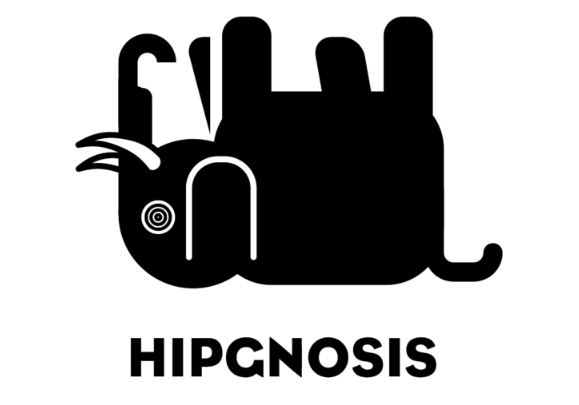What’s Goin’ On with Hipgnosis?
Hipgnosis Songs is trading at 105p, an 8.5% premium to its NAV according to Morningstar. Its main attraction is an income stream uncorrelated with equity markets. The 5p per share annual dividend, paid in quarterly instalments, is enough to get income investors excited. The last dividend announcement said that the dividend was covered by distributable income.
Hipgnosis earns its money from royalities – mechanical royalties (sales of CDs, vinyl and digital music), performance royalties (live performances, TV, radio and online streaming) and synchronisation (sync) fees (where the song is paired with video in a film or an advert).
In more normal markets, we would have expected that Hipgnosis would have launched another share issue by now. There is no shortage of ambition to grow the company. It has continued to shop for music catalogues, snapping up a high profile one recently with the purchase of a 70% stake in Mark Ronson’s catalogue. Bagging the rights to many of the best-known songs of the past decade with this deal should help address some of the criticism that is usually directed at the fund – that it is usually buying songs with little longevity.
The recent dividend announcement also referenced the effect that COVID-19 is having on the business, saying: “our outlook is positive, despite the impact COVID-19 may have on live performance and commercial licensing revenues.” The BBC drew attention to this problem in a news story this week. Festivals, concerts and tours have been cancelled and may be amongst the last things to restart as we emerge from lockdown. Advertising budgets have been cut and film productions delayed. All of this has some impact on Hipgnosis’s revenues and it may seem surprising that it thinks this is manageable for the fund.
However, the other major source of revenue for the fund is streaming revenues and here the picture is much rosier. The likes of Spotify have come to dominate the way we consume music. Spotify, for example, now has 130m users paying a monthly fee, that’s up by a third over a year, a big boost to the pool of royalties that Hipgnosis can claim. The royalties take a while to flow through to the artists, however, and won’t yet be reflected in Hipgnosis’s earnings – implying there is more to come.
In addition, the US Copyright Royalty Board has ruled that the amount the streaming services need to pay artists should rise from around 10.5% to 15.1% of revenue. Spotify, Apple, Google, Amazon and the like tried to block this (pleading poverty no doubt). A ruling in February this year, confirmed the increase but the streaming industry is planning a final appeal.
Hipgnosis’s year end is 31 March. Results are due in June but it is possible that COVID-19 will delay this. In its interim accounts – covering the six months ended 30 September 2019 – performance income was 18.5% of the fund’s revenue (but the majority of this relates to radio plays and streaming). Sync income was another 9%, but this will be less affected than performance income. If the board’s optimism about revenues for the rest of the year is justified, the growth in the fund’s other business lines must be more than compensating for the loss of income due to COVID-19.
